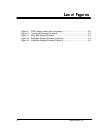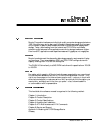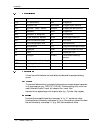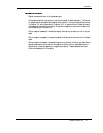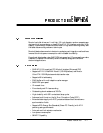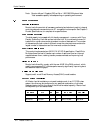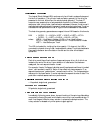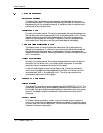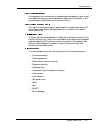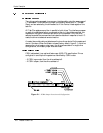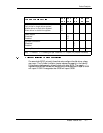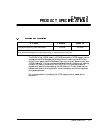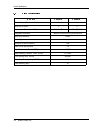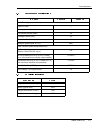
Product Description
2-4 Maxtor D540X-4G
The data buffer is organized into two segments: the data buffer and the micro
controller scratch pad. The data buffer is dynamically allocated for read and write
data depending on the commands received. A variable number of read and write
buffers may exist at the same time.
Normally, this mode is active. Following a read request, disk read-ahead begins on
the first sector and continues sequentially until the allocated buffer is full. If a read
request is received during the read-ahead operation, the buffer is examined to
determine if the request is in the cache. If a cache hit occurs, read-ahead mode
continues without interruption and the host transfer begins immediately.
This feature is part of the write cache and reduces the risk of data loss during
deferred write operations. If a disk error occurs during the disk write process, the
disk task stops and the suspect sector is reallocated to a pool of alternate sectors
located at the end of the drive. Following reallocation, the disk write task continues
until it is complete.
Normally, this mode is active. Write cache mode accepts the host write data into
the buffer until the buffer is full or the host transfer is complete. A command
complete interrupt is generated at the end of the transfer.
A disk write task begins to store the host data to disk. Host write commands
continue to be accepted and data transferred to the buffer until either the write
command stack is full or the data buffer is full. The drive may reorder write
commands to optimize drive throughput.
A brushless DC direct drive motor rotates the spindle at 5400 RPM (±0.1%). The
dynamically balanced motor/spindle assembly ensures minimal mechanical run-out
to the disks. A dynamic brake provides a fast stop to the spindle motor upon power
removal. The speed tolerance includes motor performance and motor circuit
tolerances.
All Maxtor hard drives employ a rotary voice coil actuator which consists of a
moving coil, an actuator arm assembly and stationary magnets. The actuator moves
on a low-mass, low-friction center shaft. The low friction contributes to fast access
times and low power consumption.



